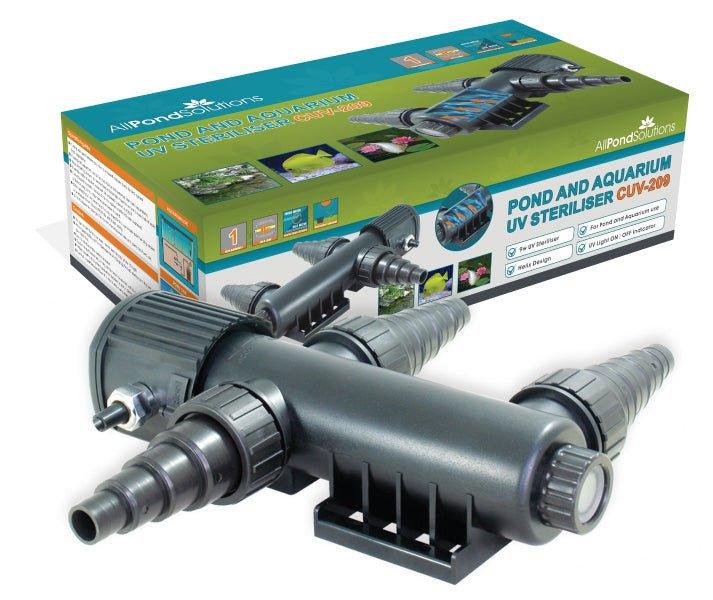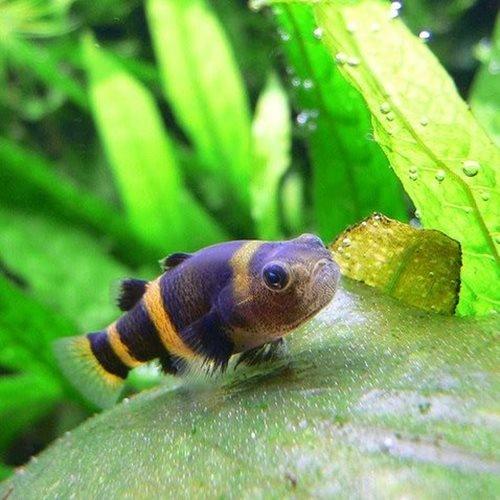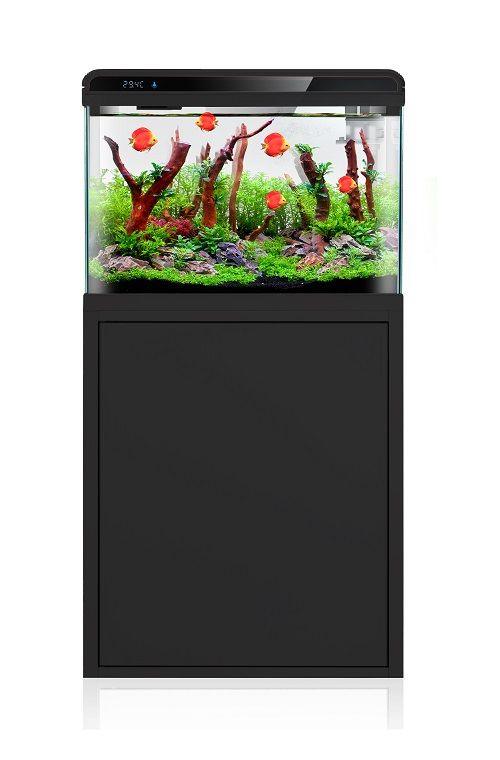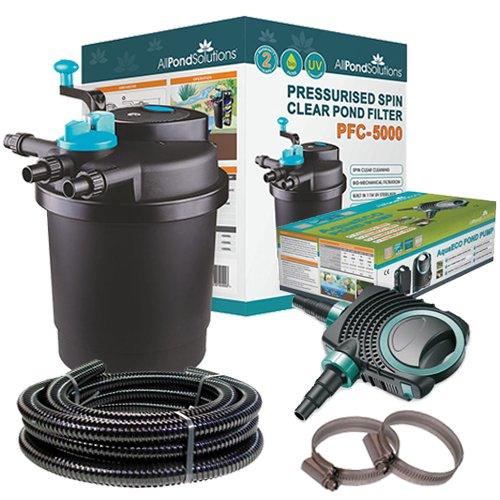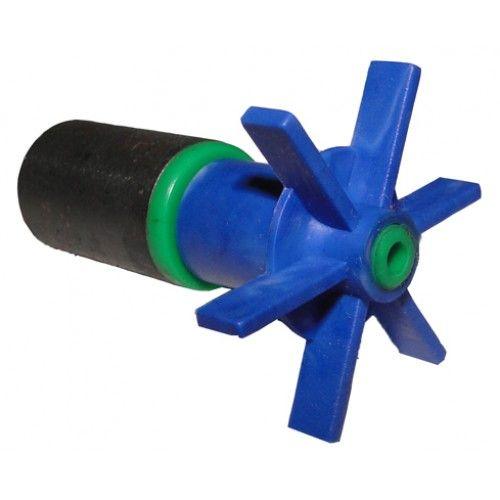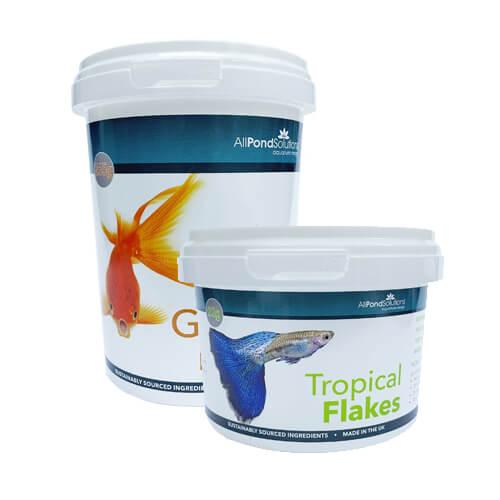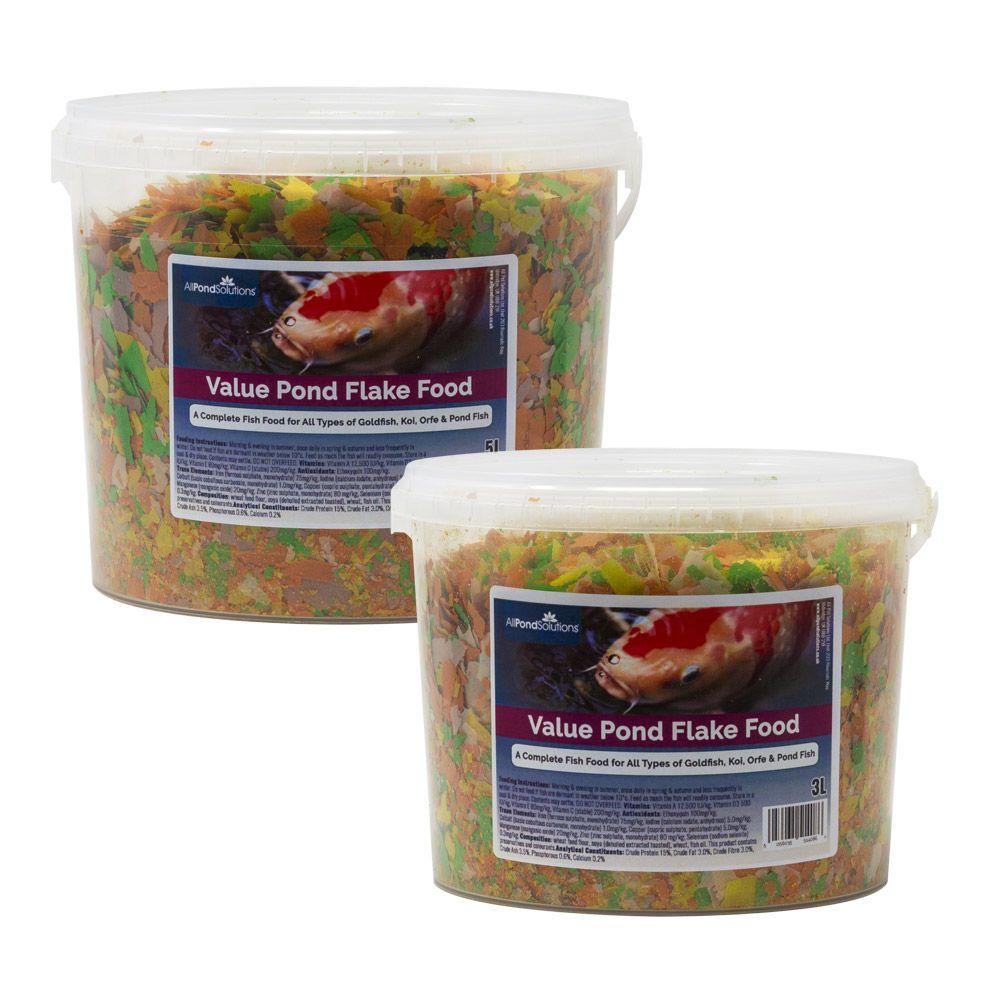Scientific Name: Brachygobius doriae
Please note – The image used above is for illustration purposes only; Size, colour and sex may vary. Many of our livestock species are sold as juveniles and have not yet reached their full size and colour potential. If you have any concerns about the size or colour of the livestock you wish to order, please contact our livestock team via our support centre before placing your order. Due to the large quantities of livestock orders daily, the livestock team will are unable to select fish / shrimp to meet specific gender or aesthetic needs.
Approximate purchase size : 1.5 - 2.5cm
All Pond Solutions will always endeavour to supply as close to the approximate size range as possible. Due to variations from suppliers on rare occasions, this may not always be possible. Images used are to show the full potential of the fish when fully mature and are not always representative of juvenile specimens.
How easy are they to care for?
Generally quite easy to care for with healthy water quality. Avoid keeping with larger or boisterous species.
How large can they grow?
3.5cm
Where in the world are they from?
Distributed throughout Sarawak and Borneo.
What is the ideal number to keep together?
Although males are boisterous between each other it is still advised to keep at least 6 to reduce shyness and encourage natural behaviours.
What water conditions do they require?
A pH range of 7.0 - 8.5 and a temperature of 22-28 degrees Celsius. Bumblebee Goby prefers brackish environment. 
What should you feed them?
An Omnivorous species, will happily feed on a range of flakes, pellets and sinking foods but should be suplemented with frozen foods.
How compatible are they with other fish?
Generally a peaceful species, with others. Best kept with smaller community fish.
Can they be bred in captivity?
Cave spawners such as small flower pots. A male will select a breeding area and display to encourage females to spawn. When the males defend the eggs (up to 200 at a time) it can be advised to remove other fish present (unless breeding in an isolated tank). Eggs will hatch in 7-9 days.
